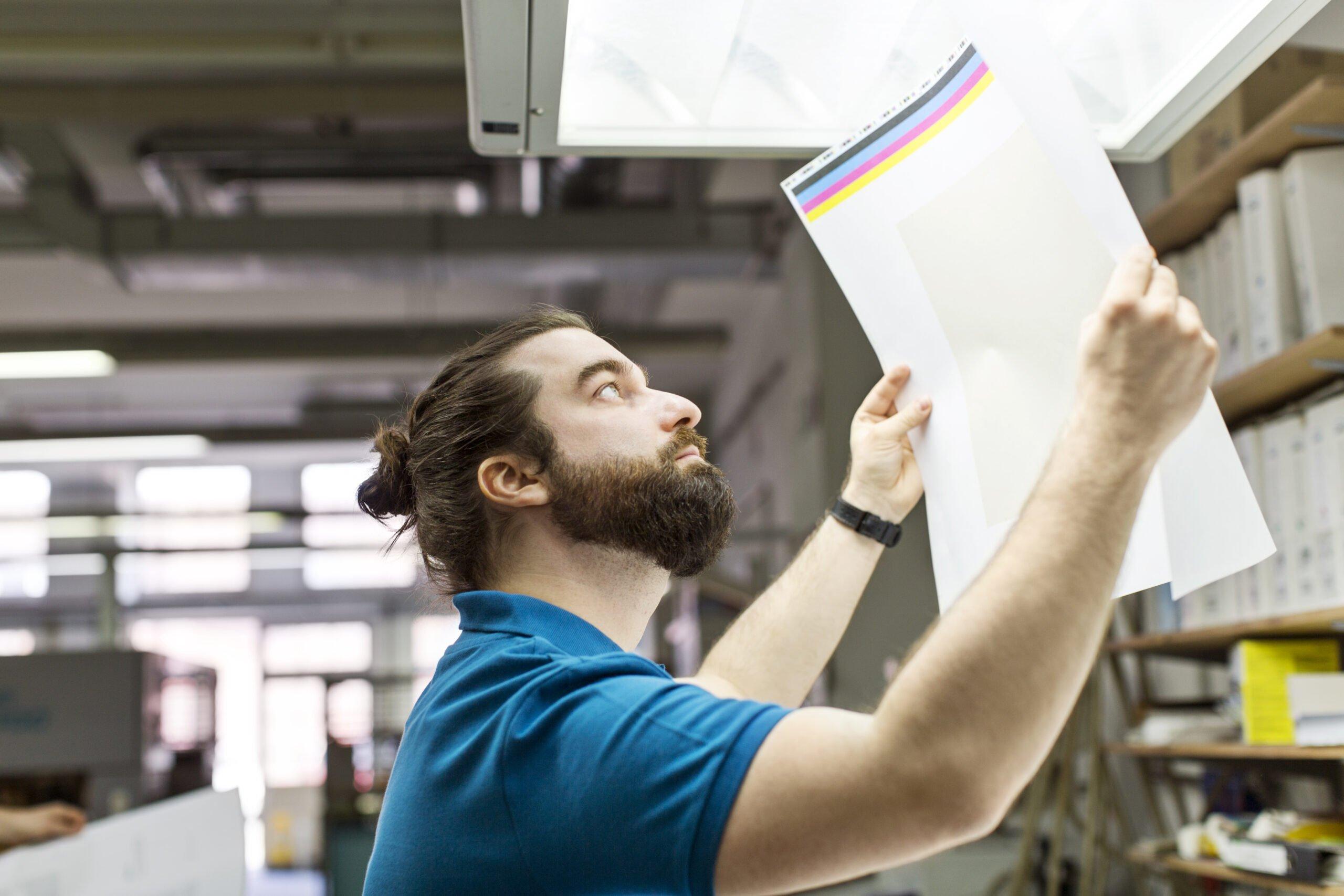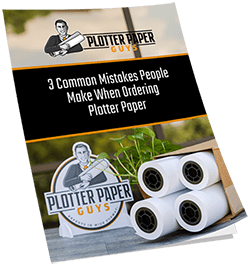If you don’t choose the right type of paper when printing your poster, you will end up wasting time and money.
There’s a different type of paper for every setting in which you might use a poster. Even if the image looks fine when it is fresh out of the printer, it may degrade faster than you can imagine once it is in place.
On the other hand, the right type of poster paper can make your design sing. Paper can enhance the beauty of your design and catch the eye of passersby.
Read on to find out how to use paper the right way to bring your poster designs to their full potential!
Poster Paper Finishes
One of the first things you will have to choose is the finish of your paper. There are three most common types of finishes you will run into.
Matte
Matte paper has a slightly rough texture. The microscopic bumps on the surface of the paper scatter light. This prevents glare from any strong light.
You may want to avoid glare because it can cover your design and distract from the information you want to convey with your poster. What’s the sense in working hard to complete your design only to cover it up with light glare?
Matte finishes work best for outdoor posters, posters near a bright light, or when conveying information is of the highest importance.
Another benefit of matte finishes is that they hide smudges and fingerprints. This makes them ideal for flyers or other small posters that may go through frequent handling.
The drawback of a matte finish is that it can dull the colors of your design. While colors take on a deep, rich character under a matte finish they will not be as vibrant as on glossy paper.
If maximum eye-popping color is your goal, you may wish to avoid a matte finish.
Semi-Gloss
This type of finish, as the name suggests, is in between a pure matte finish and a pure gloss finish. This is the most popular choice of finish because it combines strengths from both ends of the glossiness spectrum.
A semi-gloss finish will reduce glare while maintaining some of the vibrancy of glossy paper.
There will still be some evidence of light glare, and the colors won’t be quite as strong as they would be on glossy paper. You will still be able to make out some smudges if they catch the light from a certain angle.
If you aren’t sure which type of finish you want to get, semi-gloss is the safest, all-purpose choice.
Glossy
Glossy papers are always exciting to look at. Because there is no texture to scatter the light reflecting off the paper, the printed colors of your design will be working at maximum efficiency. If your goal is to excite your audience with a bit of star power, glossy could be the right choice for you.
There are some major drawbacks with glossy finishes, though. They will reflect glare from any nearby light sources. If your poster catches the sun, your design could be all but blocked out by the mirror-like reflection of the light.
The glossy finish is also prone to show any smudges or fingerprints left from handling.
When you use glossy paper, you must consider how much handling will be involved and where the poster will be placed.
Poster Paper Thickness
Many people who are printing their first poster may assume that the thicker the paper is, the better. Thick paper lends an air of authority, expense, and durability. But there are plenty of cases when a thinner sheet of paper will do the trick.
As a general rule, larger posters should be printed on paper that isn’t too thick. Big pieces of paper will need to be rolled up to be transported, and thick paper tends to hold a permanent curl. Thin paper is much more flexible and forgiving when it comes to being rolled up and handled.
Another instance where you would need thin paper is for a backlit display. If you want the light to shine through, you will need to go thin with your paper choice.
Of course, thin paper is much more delicate. If your poster is not going to be protected by a frame, it is a risky choice to go with thin paper.
Standard Paper Sizes
You can’t always choose a size to meet your exact creative whim. In many cases, there is a standard poster size that must be met. In some cases, like when printing movie posters, these specifications are strict and could prevent your poster from being put up at all.
If you print your poster at the wrong size, it will look unprofessional. Unless you are hanging your poster inside of your own space, be sure to check with the person who is letting you use their space about any size requirements they may have.
Printing Posters
To print a poster, you will need a large format printer. These extra-large machines use roll poster paper for printers. Instead of printing on individual sheets, these printers print posters of extreme lengths. Then the printer trims them to a custom size.
Unless you have a printer like this, you will need to go to a professional to have your posters made.
Poster Paper Price
In most cases, the thicker a paper is, the more expensive it will be. This is because it takes more material to make the paper, and it is more expensive to ship.
The cost of the paper will also depends upon any special coatings the paper may have. So glossy paper, with its layer of smooth finish, is usually more pricy.
There is a huge range of poster paper available. If you have a tight budget, you may need to make some compromises, but there are many affordable options when it comes to printing posters.
Order Your Poster Paper Now!
Now that you have an idea of what kind of poster paper is available, and how each type can be of service to you, you are ready to place an order.
You just need to ask yourself questions like, Where will my poster be placed? What is the most important thing about my poster? How long will it be hanging?
These questions will help you and your printing service determine the best possible route for you. If you still aren’t sure where to go from here, check out our FAQ page!




